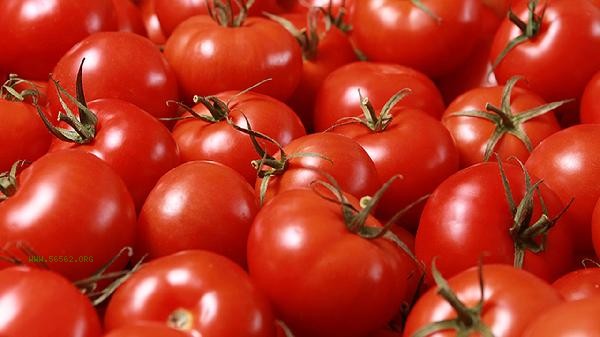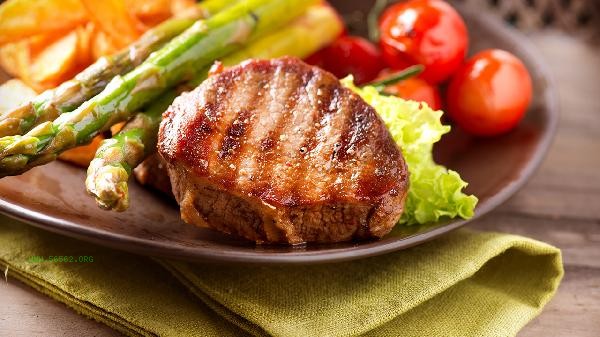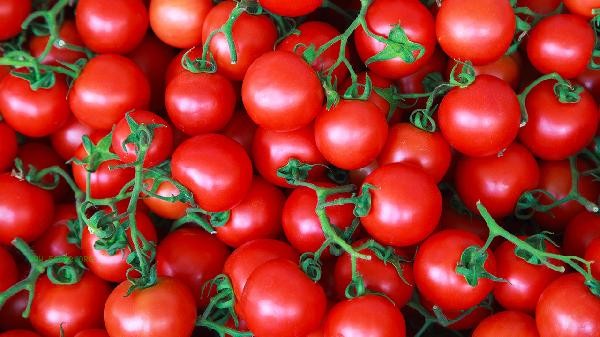The dull color of tomatoes may be caused by insufficient light, malnutrition, water imbalance, pest and disease infections, variety characteristics, and other factors. Improvement can be achieved through adjusting the planting environment, rational fertilization, scientific irrigation, prevention and control of pests and diseases, and selection of high-quality varieties.

1. Insufficient Light
Tomatoes are light loving crops that require sufficient sunlight every day. If left in a shaded environment for a long time, the photosynthesis of leaves will weaken, the fruit will not be able to accumulate enough pigments, and the epidermis will appear dull and dull. It is recommended to choose sunny land for planting. During greenhouse cultivation, it is necessary to regularly clean the greenhouse film and ensure that the daily light exposure time exceeds 6 hours.
2. Malnutrition
Lack of potassium directly affects lycopene synthesis, leading to poor fruit coloring. Excessive nitrogen fertilizer in the soil can cause excessive growth of branches and leaves, competing with fruits for nutrients. Phosphorus and potassium fertilizers should be applied during the fruit swelling period, and decomposed organic fertilizers can be used in combination with potassium sulfate to avoid the use of urea nitrogen fertilizers alone.
3. Water imbalance
During fruit development, drought can inhibit pigment formation, while waterlogging can lead to root hypoxia and affect nutrient absorption. It is recommended to use drip irrigation to maintain stable soil moisture, and to control water appropriately during the color transition period to facilitate the accumulation of sugar and pigments. Timely drainage is required after rain to prevent root rot.

4. Infection by pests and diseases
Virus diseases can cause yellow green mottled fruits, and TY virus transmitted by aphids can cause overall yellowing. Early blight can cause brown spots on the fruit surface. Regular spraying of imidacloprid is necessary to prevent pest infestations, and diseased plants should be promptly removed. Crop rotation can reduce the probability of soil borne diseases.
5. Variety Characteristics
Some yellow or purple varieties have darker colors themselves, and traditional varieties have slower coloring speeds than hybrid varieties. Choose early maturing varieties that are suitable for the local climate, such as Jinpeng No.1, which has fast color transformation and bright colors. When purchasing seeds, it is necessary to check the variety description to avoid planting varieties with poor coloring characteristics.

In daily management, attention should be paid to maintaining ventilation and light transmission in plants, and timely removal of old and diseased leaves. During the color transition period, potassium dihydrogen phosphate solution can be sprayed on the leaves to promote coloring, but hormone based red accelerators should not be used. Control the use of pesticides before harvesting to avoid residue affecting the appearance of the fruit. Maintaining a temperature of 10-12 degrees Celsius and a relative humidity of around 90% during storage can delay color fading. If it is a family potted plant, it is recommended to use a substrate with good breathability and regularly rotate the pot to evenly expose the fruits to light.








Comments (0)
Leave a Comment
No comments yet
Be the first to share your thoughts!